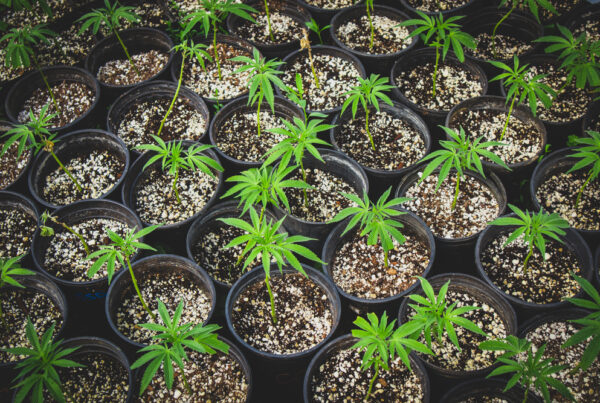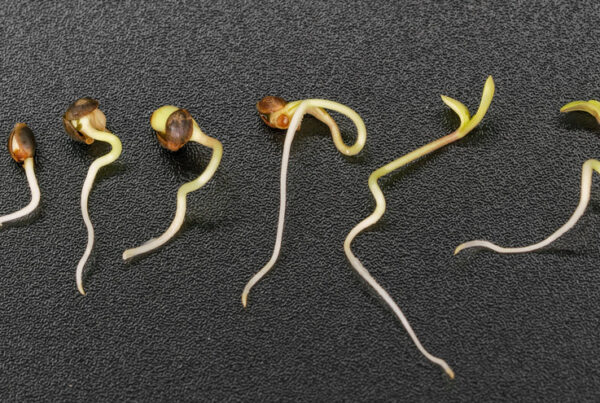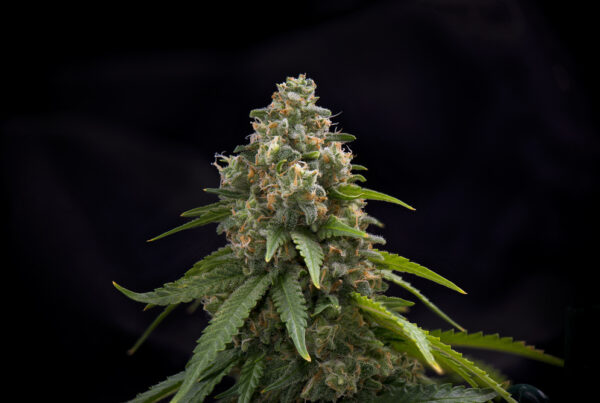Cannabis cultivation is a fascinating and intricate process, requiring careful attention to detail at every stage. One crucial decision that every cannabis grower must make is determining the optimal time to harvest their plants. The timing of the harvest can significantly impact the potency, flavor, and overall quality of the final product. In this blog post, we will explore the factors that contribute to the best time to harvest cannabis, as well as the common mistakes to avoid during this crucial stage. Whether you are a seasoned cultivator or a beginner, understanding the signs and signals that indicate readiness for harvest is essential for achieving the best results. So, let’s delve into the world of cannabis cultivation and discover when is the best time to harvest your prized plants.
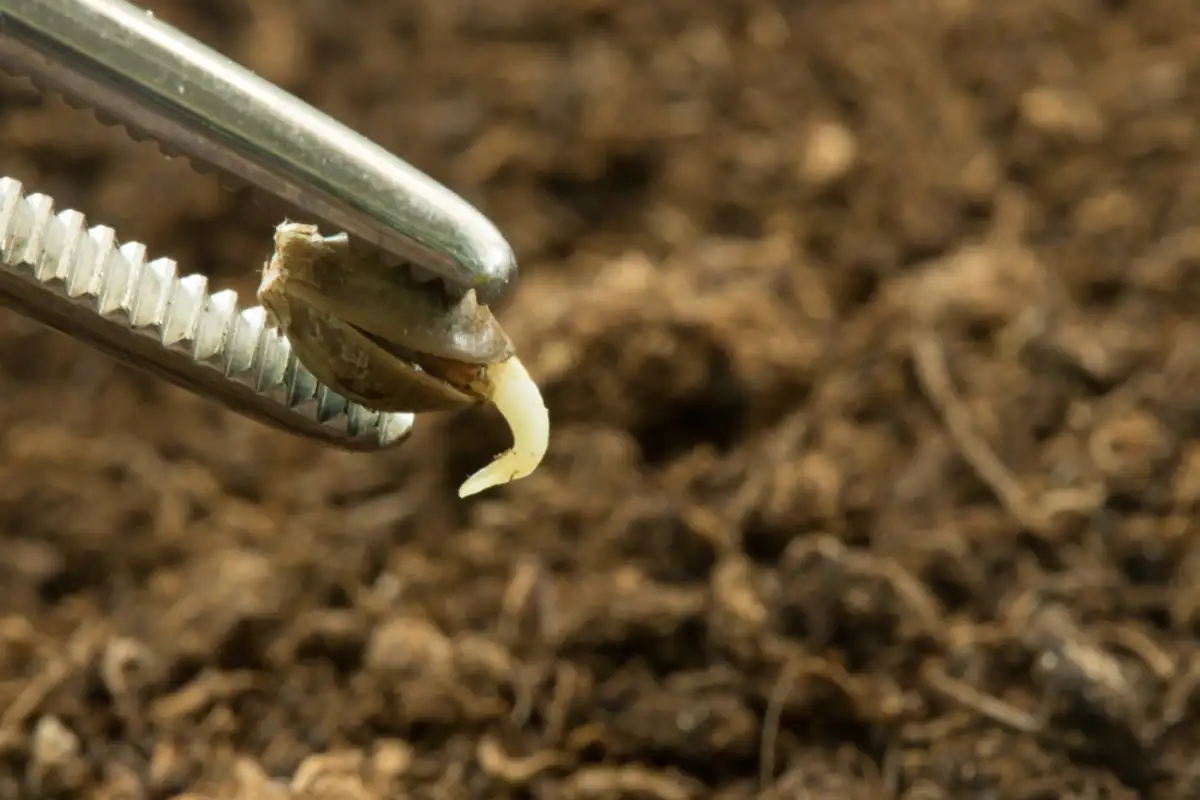
Understanding the Cannabis Life Cycle
Cannabis, like any other plant, follows a specific life cycle that consists of several distinct stages. Understanding this life cycle is crucial for determining the optimal time to harvest your cannabis plants. Let’s take a closer look at the different stages of the cannabis life cycle:
- Germination: The first stage of the cannabis life cycle begins with the germination of the seed. During this phase, the seed sprouts and develops roots and shoots. Proper germination techniques, such as using a moist paper towel or planting directly in a growing medium, are essential to ensure successful seedling development.
- Seedling: Once the seed has germinated, it enters the seedling stage. At this point, the plant starts to grow its first set of leaves known as cotyledons. It is crucial to provide the seedling with the right amount of light, water, and nutrients to promote healthy growth and development.
- Vegetative Stage: During the vegetative stage, the cannabis plant focuses on developing its structure and foliage. It begins to grow more leaves and branches, increasing in size and height. This stage requires a longer period of light exposure, typically 18-24 hours a day, to maximize vegetative growth. Proper nutrition, including nitrogen-rich fertilizers, is also essential during this stage.
- Pre-flowering Stage: As the cannabis plant matures, it enters the pre-flowering stage. This phase is characterized by the development of pre-flowers, which are small structures that indicate the plant’s sex. Pre-flowers allow growers to identify whether the plant is male or female, enabling them to remove any males to prevent pollination if growing for buds. This stage typically occurs when the plant receives 12 hours of uninterrupted darkness per day.
- Flowering Stage: The flowering stage is the most critical phase for cannabis growers, as it is when the plant produces the buds that contain the desired cannabinoids and terpenes. The length of the flowering stage varies depending on the strain, but generally, it lasts between 8 to 12 weeks. During this stage, the plant requires a 12-hour light cycle and specific nutrient ratios to support bud development.
- Harvest: The final stage of the cannabis life cycle is the harvest. This is when the plant is ready to be harvested and dried for consumption or further processing. Harvest time is determined by factors such as the strain, desired potency, and the plant’s overall health. It is crucial to harvest at the right time to ensure optimal cannabinoid and terpene levels, as well as the desired effects and flavors.
Understanding the different stages of the cannabis life cycle is essential for determining when to harvest your plants. Each stage requires specific care and attention to ensure healthy growth and maximize the plant’s potential. Now that we have explored the cannabis life cycle let’s move on to the next section, where we will delve into the indicators of the optimal harvest time for your cannabis plants.
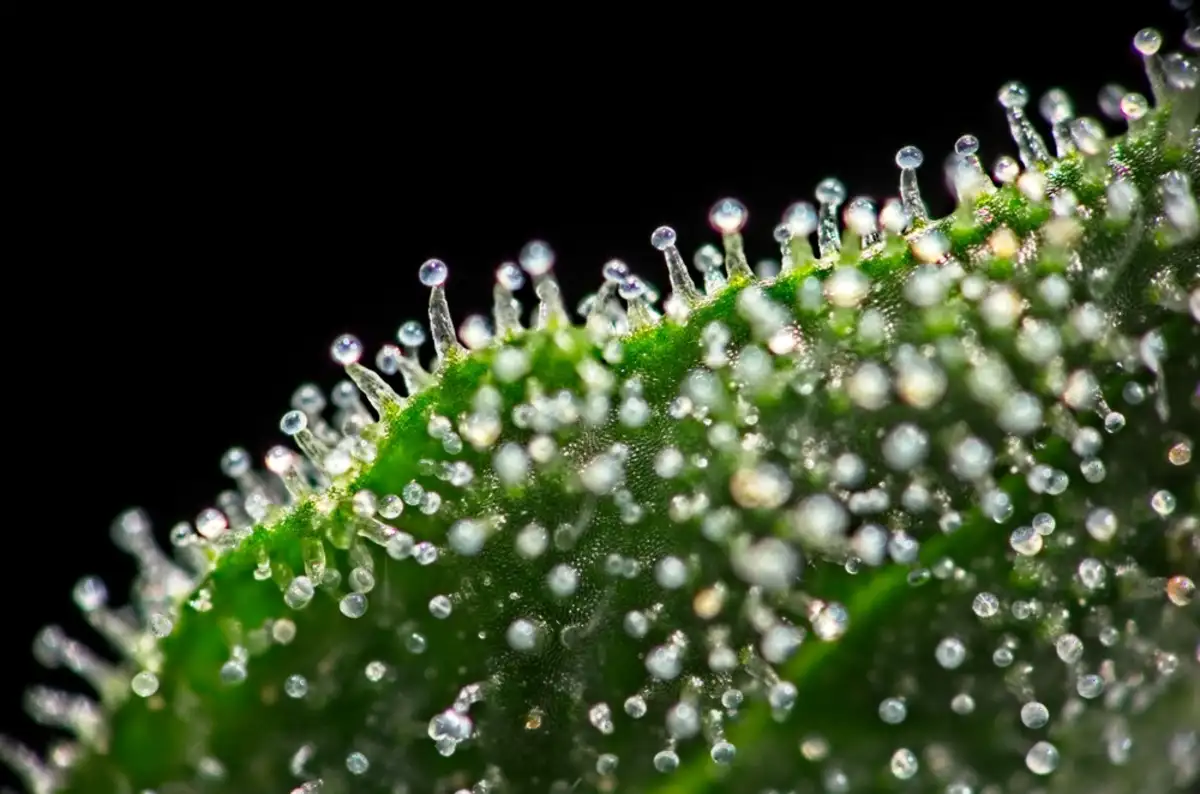
Identifying the Optimal Harvest Time
Determining the optimal harvest time for cannabis plants is a crucial step in achieving the desired potency, flavor, and overall quality of the end product. The harvest time can vary depending on various factors, including the strain, growing conditions, and the desired effects. In this section, we will explore the different methods and indicators to help you identify the perfect time to harvest your cannabis plants.
Looking at the Pistils
One of the primary indicators of harvest readiness is the observation of the pistils, which are the hair-like structures that emerge from the flowers. When the plant first enters the flowering stage, the pistils are usually white and vibrant. As the plant matures, the pistils gradually change color, typically transitioning to orange or brown. A general rule of thumb is to wait until at least 70-80% of the pistils have changed color before considering the plant ready for harvest. This change in color indicates that the plant has reached its peak ripeness.
Checking the Trichomes
Trichomes are tiny, crystal-like structures that cover the surface of cannabis flowers, leaves, and stems. These trichomes contain the valuable cannabinoids and terpenes responsible for the plant’s effects and aroma. To determine the optimal harvest time, it is crucial to examine the trichomes closely. Using a magnifying tool, such as a jeweler’s loupe or a microscope, you can observe the trichomes and assess their maturity.
There are three stages of trichome maturity to consider:
- Clear Trichomes: At the beginning of the flowering stage, trichomes are often clear and transparent. During this stage, the plant’s cannabinoid profile is not fully developed, and the effects may be less potent. Harvesting at this stage will result in a more cerebral and uplifting experience.
- Milky Trichomes: As the plant continues to mature, the trichomes will turn milky white. This stage signifies the peak potency of THC and other cannabinoids. Harvesting at this point will provide a balanced blend of both cerebral and body effects.
- Amber Trichomes: With further maturation, some of the milky trichomes may start to turn amber or brown. This indicates that THC is beginning to degrade into other cannabinoids, resulting in a more sedative and relaxing effect. Harvesting at this stage is ideal for those seeking a more calming and soothing experience.
To determine the optimal harvest time based on trichomes, it is recommended to wait until the majority of the trichomes have turned milky white, with a small percentage turning amber if desired.
Assessing the Overall Plant Health
In addition to observing the pistils and trichomes, it is crucial to consider the overall health of the plant when determining the harvest time. A healthy plant will have vibrant green leaves, strong stems, and a robust bud structure. Conversely, if the plant is showing signs of nutrient deficiencies, disease, or pest infestation, it may be necessary to harvest earlier to prevent further damage and ensure the best possible quality.
By combining the assessment of pistils, trichomes, and overall plant health, you can make a well-informed decision about the optimal time to harvest your cannabis plants. However, it is important to note that these indicators serve as general guidelines, and personal preferences and desired effects should also be taken into consideration.
In the next section, we will explore the various factors that can influence the harvest time of cannabis plants. Understanding these factors will further enhance your ability to determine the perfect moment for harvest.
Factors That Influence Harvest Time
Several factors can influence the optimal harvest time for cannabis plants. Understanding these factors is crucial for achieving the desired potency, flavor, and overall quality of the harvested buds. Let’s explore the key factors that can influence the harvest time of cannabis plants:
Strain Variations
Different cannabis strains have varying growth characteristics and flowering times. Some strains may have a shorter flowering period, while others may take longer to reach maturity. It is essential to research and understand the specific traits of the strain you are growing to determine the approximate harvest time. Breeders and seed banks often provide information on the average flowering period for each strain, which can serve as a helpful guideline.
Growing Conditions
The environmental conditions in which cannabis plants are grown can significantly impact their growth and development. Factors such as temperature, humidity, light intensity, and nutrient availability can influence how quickly or slowly the plants progress through the flowering stage. For instance, cooler temperatures and lower humidity levels may slow down the maturation process, while warmer temperatures and higher humidity levels can accelerate it. It is important to maintain optimal growing conditions throughout the flowering stage to ensure consistent and healthy plant development.
Desired Potency
The desired potency of the final product is another factor to consider when determining the harvest time. Cannabis plants harvested earlier in the flowering stage tend to have lower levels of THC and other cannabinoids, resulting in a milder and less potent effect. On the other hand, plants harvested later in the flowering stage may have higher THC levels, leading to a more potent and intense experience. Understanding your personal preferences and desired effects will help guide your decision on when to harvest.
Visual Appearance
Apart from observing the pistils and trichomes, the visual appearance of the buds can also provide insights into the harvest readiness. Fully matured buds often have a dense and compact structure, with swollen calyxes covered in resinous trichomes. The buds should also have a vibrant color and emit a strong aroma. If the buds still appear loose, airy, or lack resinous trichomes, it may be an indication that they need more time to develop and mature.
Lab Testing
For those seeking precise and accurate information on the cannabinoid and terpene profile of their cannabis plants, lab testing can be a valuable tool. Cannabis testing laboratories can analyze a small sample of the plant to determine the precise levels of cannabinoids, terpenes, and other compounds. Lab testing provides an objective measure of the plant’s potency and can help fine-tune the harvest time based on specific desired levels of cannabinoids and terpenes.
Understanding these factors that influence harvest time will allow you to make informed decisions about when to harvest your cannabis plants. By considering the strain variations, growing conditions, desired potency, visual appearance, and even utilizing lab testing, you can ensure that you achieve the best possible results from your harvest. In the next section, we will delve into the process of harvesting cannabis plants and explore the steps involved.
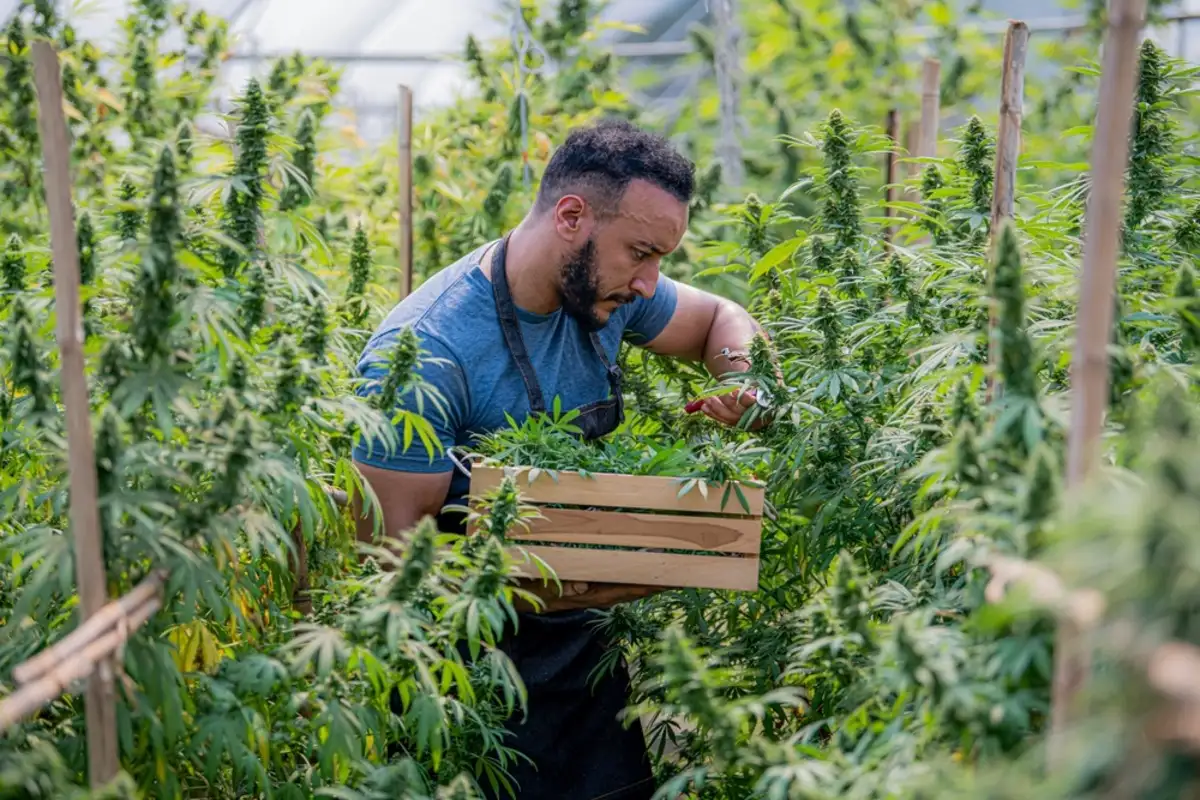
How to Harvest Your Cannabis Plant
Harvesting cannabis plants is an exciting and rewarding process that marks the culmination of your hard work and dedication as a grower. To ensure the best quality and potency of your harvest, it is essential to follow proper harvesting techniques. In this section, we will walk you through the step-by-step process of harvesting your cannabis plants.
Preparing for Harvest
- Flush the Plants: Before harvesting, it is crucial to flush the plants with plain, pH-balanced water for about one to two weeks. Flushing helps remove any excess nutrients and salts from the plant, resulting in a smoother and cleaner smoke.
- Choose the Right Time: Referencing the indicators we discussed earlier, such as the pistils and trichomes, determine the optimal harvest time for your plants. Ensure that the majority of the pistils have changed color, and the trichomes have reached the desired level of maturity.
- Gather the Necessary Tools: Prepare the tools and equipment you will need for the harvesting process. This may include sharp pruning shears or scissors, gloves, clean containers or bags for collecting the buds, and a clean and well-ventilated space for drying.
The Harvesting Process
- Begin with a Visual Inspection: Before cutting the entire plant, visually inspect each branch and bud. Look out for any signs of pests, disease, or mold. If you notice any issues, consider removing the affected areas to prevent further contamination.
- Cut the Main Stem: Using sharp pruning shears or scissors, make a clean cut through the main stem of the plant near the base. This will allow for easier handling and processing of the plant.
- Remove Individual Branches: Working one branch at a time, carefully cut each branch from the main stem. You can trim off any large fan leaves or excess foliage to improve airflow and facilitate drying.
- Trim the Buds: Once you have removed the branches, it is time to trim the buds. Trim off any large sugar leaves surrounding the buds, as these contain fewer trichomes and can affect the overall quality of the final product. Some growers prefer a more manicured look with minimal foliage, while others leave more leaves intact for a different aesthetic appeal.
- Dry and Cure the Buds: After trimming, hang the branches upside down in a clean and well-ventilated space with controlled humidity and temperature. Allow the buds to dry slowly over a period of one to two weeks, depending on environmental conditions. Once the buds feel dry on the outside but still slightly moist on the inside, transfer them to airtight containers for curing. Curing involves storing the buds in jars, opening them periodically to release excess moisture and promote proper curing. This process enhances the flavor, aroma, and smoothness of the final product.
Post-Harvesting Steps
- Clean and Sanitize: After harvesting, it is essential to thoroughly clean and sanitize your growing area to prevent the spread of pests, disease, or mold to future crops.
- Proper Storage: Store your dried and cured buds in a cool, dark, and dry place to maintain their potency and freshness. Mason jars or other airtight containers are commonly used for long-term storage.
- Enjoy the Fruits of Your Labor: Once properly cured and stored, your cannabis buds are ready for consumption. Take pride in the high-quality product you have cultivated and enjoy the unique flavors, aromas, and effects of your homegrown cannabis.
By following these steps, you can ensure that your cannabis plants are harvested at the right time and undergo proper drying and curing, resulting in a superior final product. In the next section, we will discuss some common mistakes to avoid when harvesting cannabis.
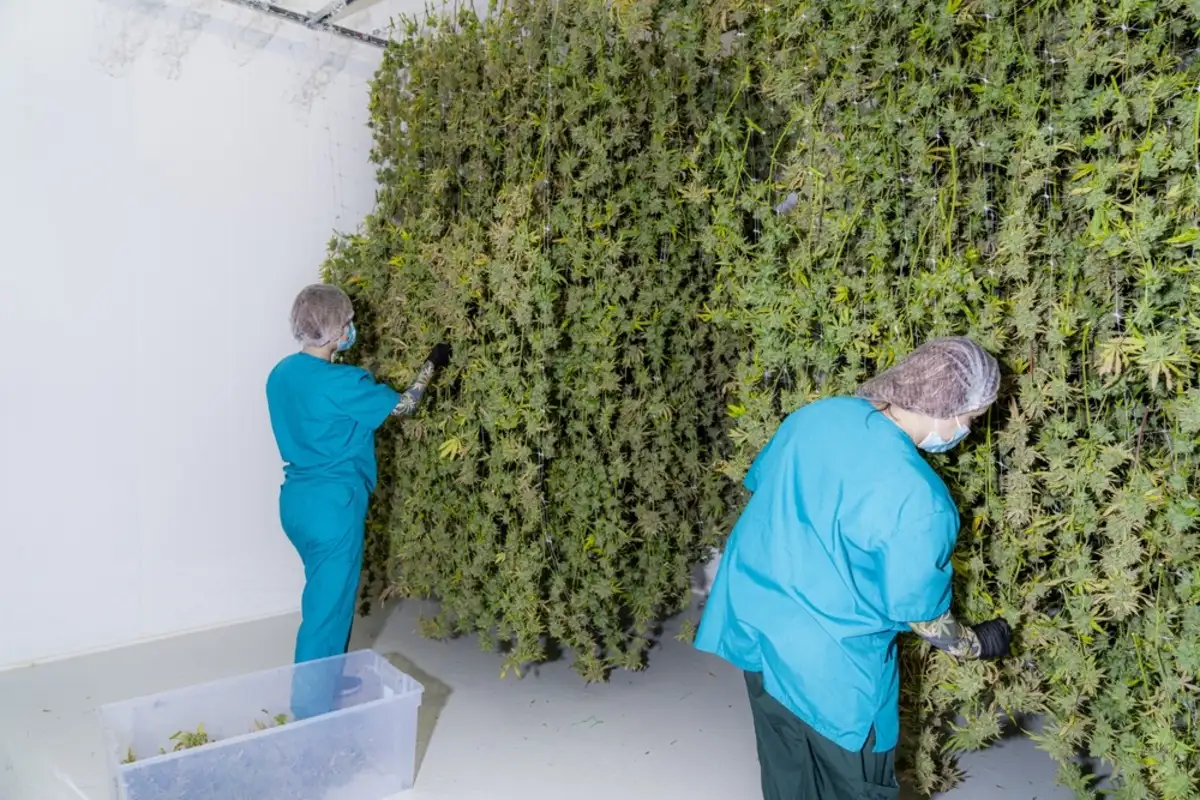
Common Mistakes to Avoid When Harvesting Cannabis
Harvesting cannabis plants is a critical stage that can significantly impact the quality and potency of the final product. To ensure a successful harvest, it is important to be aware of common mistakes that growers often make. By avoiding these pitfalls, you can maximize the potential of your cannabis plants. Let’s explore some of the most common mistakes to avoid when harvesting cannabis:
Harvesting Too Early or Too Late
One of the most common mistakes is harvesting the plants either too early or too late. Harvesting too early can result in buds that are underdeveloped and lacking in potency. On the other hand, waiting too long to harvest can lead to overripe buds that have degraded THC levels and a less desirable taste. It is crucial to closely monitor the indicators discussed earlier, such as the pistils and trichomes, to determine the optimal harvest time for your specific plants.
Improper Drying and Curing
Improper drying and curing can significantly affect the quality and overall experience of your cannabis buds. Rushing the drying process by using excessive heat or not providing adequate airflow can result in uneven drying, mold growth, or a harsh taste. Similarly, neglecting the curing process can lead to a harsh and unpleasant smoke. It is essential to allow the buds to dry slowly in a controlled environment, followed by a proper curing process in airtight containers. This helps preserve the terpenes, enhance the flavor, and improve the overall smoking experience.
Ignoring Signs of Pests or Disease
Pests and diseases can wreak havoc on your cannabis plants, compromising the quality and yield. Failing to address and control pest infestations or diseases during the flowering stage can lead to damaged or contaminated buds. Regularly inspect your plants for any signs of pests, such as insects or webs, and take immediate action to mitigate the issue. Additionally, be vigilant for any signs of diseases, such as mold or mildew, and promptly address them to prevent further spread.
Not Harvesting in Stages
Another mistake to avoid is harvesting all the plants at once, especially if you have multiple plants at different stages of maturity. Different phenotypes or strains within your garden may reach optimal harvest time at different intervals. Harvesting in stages allows you to maximize the potential of each plant and ensures that you are harvesting at the ideal time for each individual plant.
Poor Post-Harvest Handling and Storage
The work does not end with the harvest; proper post-harvest handling and storage are crucial to maintain the quality of your buds. Failing to clean and sanitize the drying and storage areas can lead to contamination and the growth of mold or bacteria. It is important to keep your drying and storage spaces clean and well-maintained. Additionally, using improper storage containers or exposing the buds to excessive light or air can degrade their quality over time. Invest in quality airtight containers and store your buds in a cool, dark, and dry place to maintain their potency and freshness.
By avoiding these common mistakes, you can ensure a successful and rewarding cannabis harvest. Taking the time to monitor your plants, properly dry and cure the buds, address any pests or diseases, and handle the post-harvest process with care will result in a high-quality final product that you can enjoy to the fullest.
Congratulations on reaching the end of this comprehensive guide on when to harvest cannabis! Armed with the knowledge and insights provided in this blog post, you are now well-equipped to make informed decisions and achieve the best possible results in your cannabis cultivation journey. Happy harvesting!

